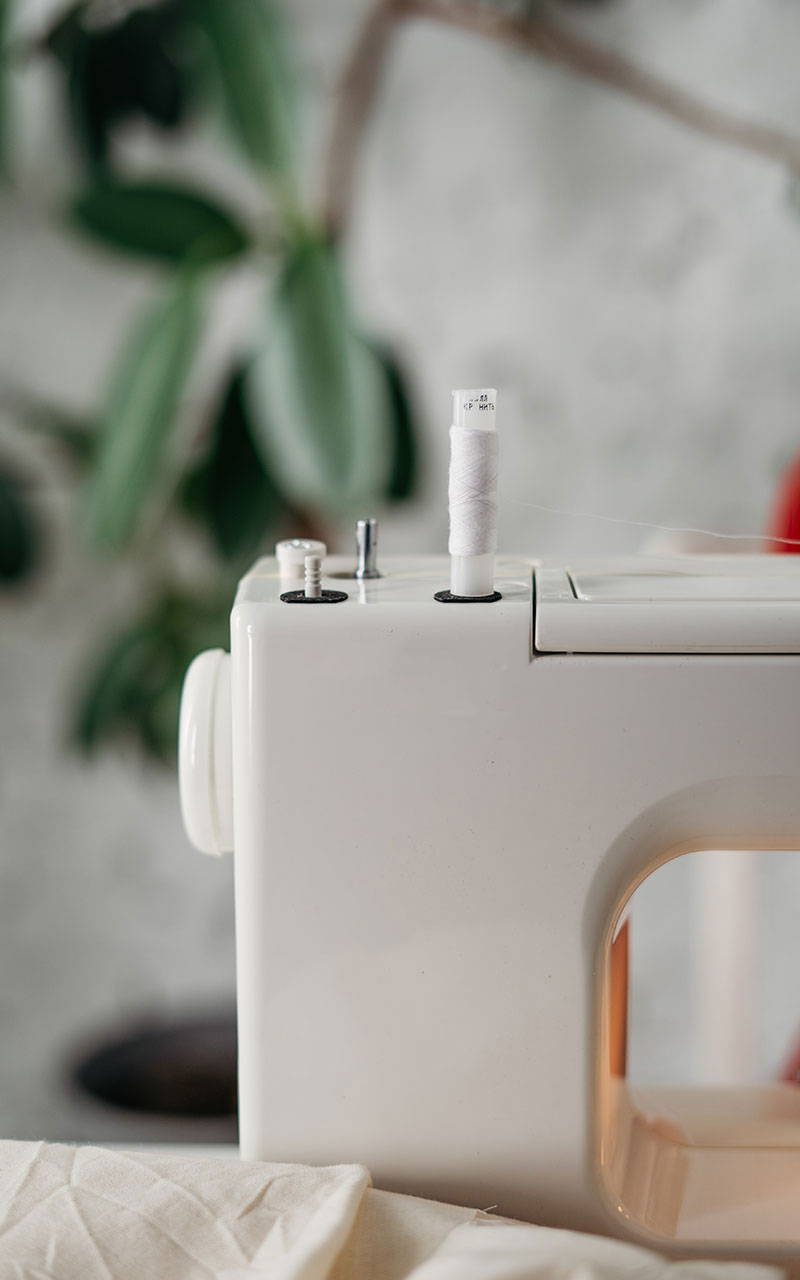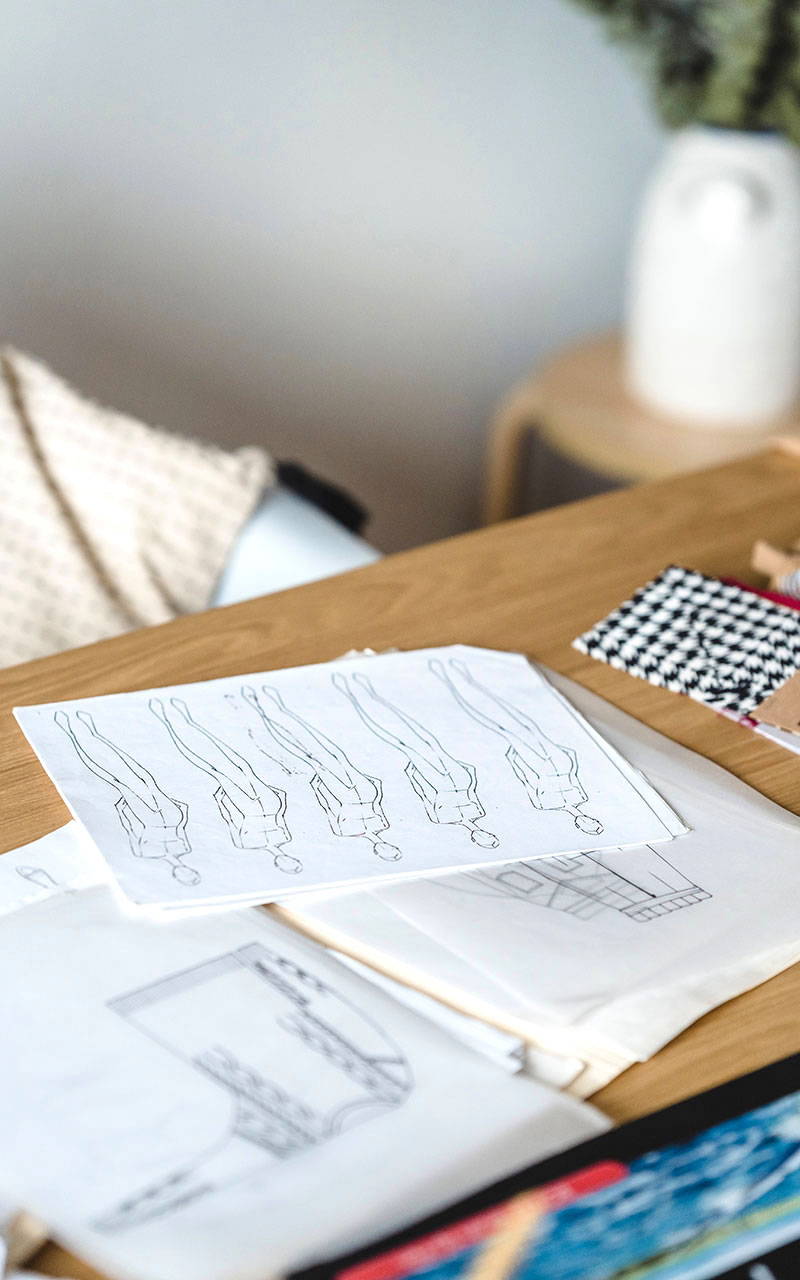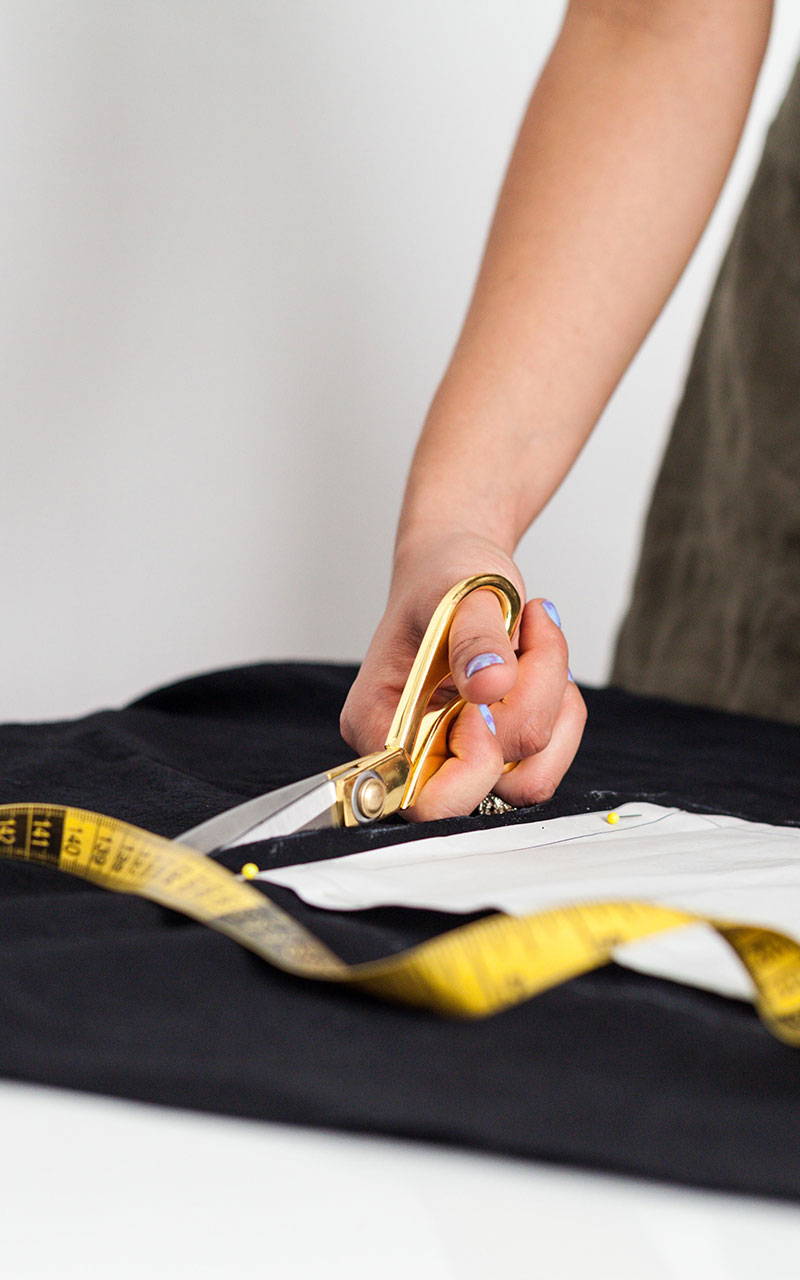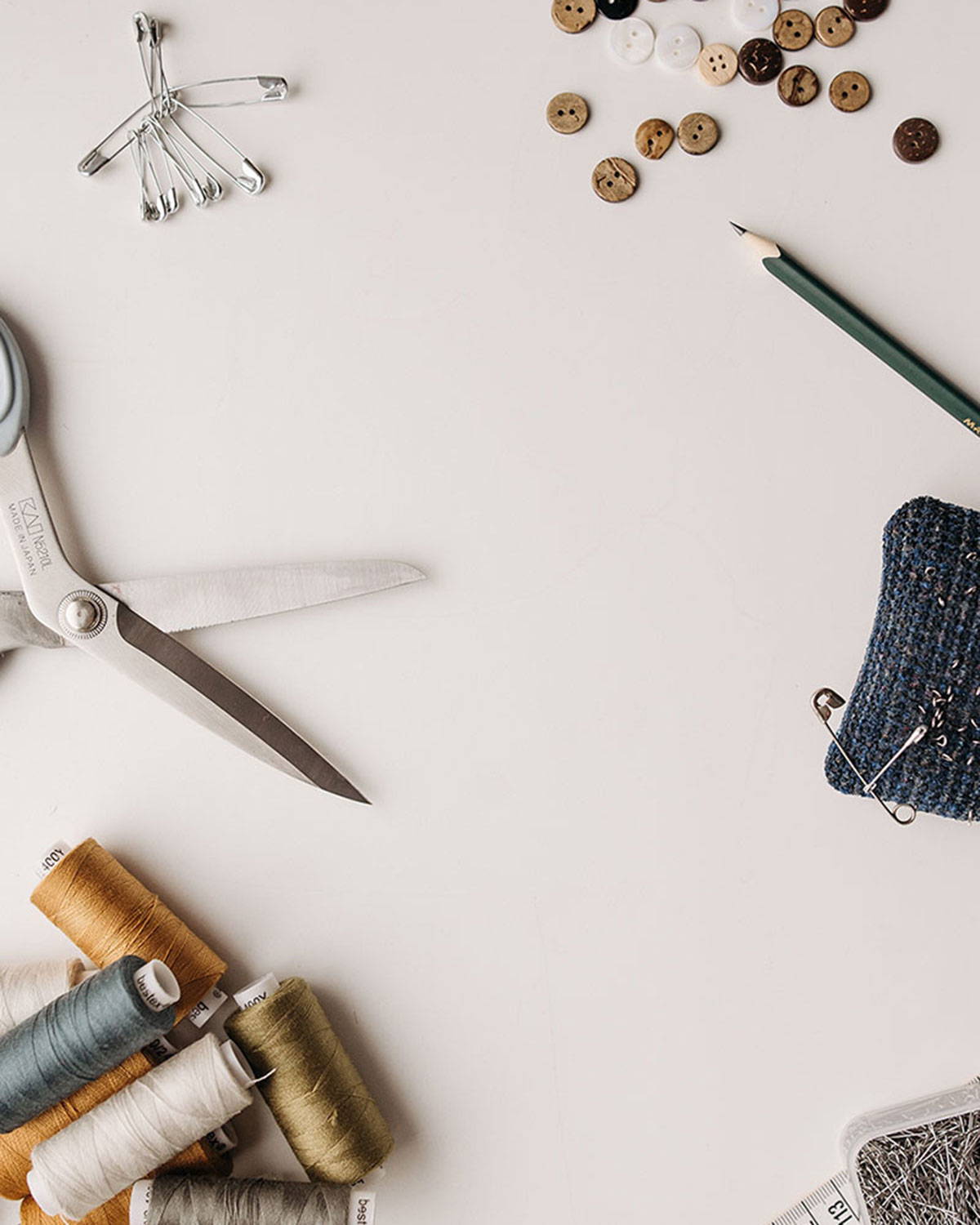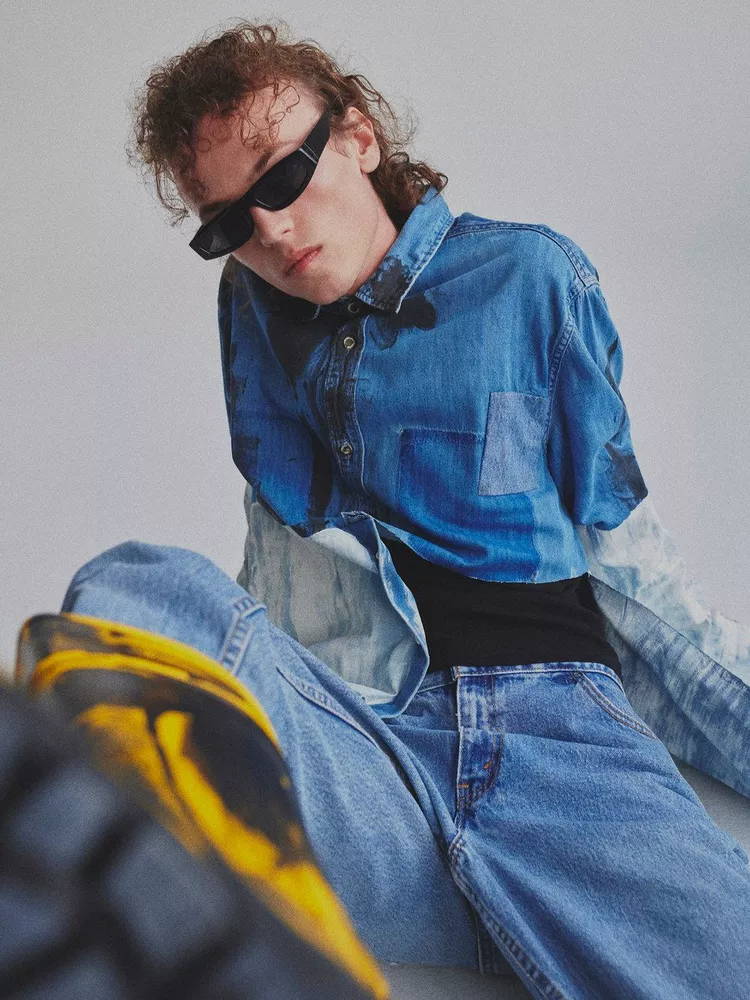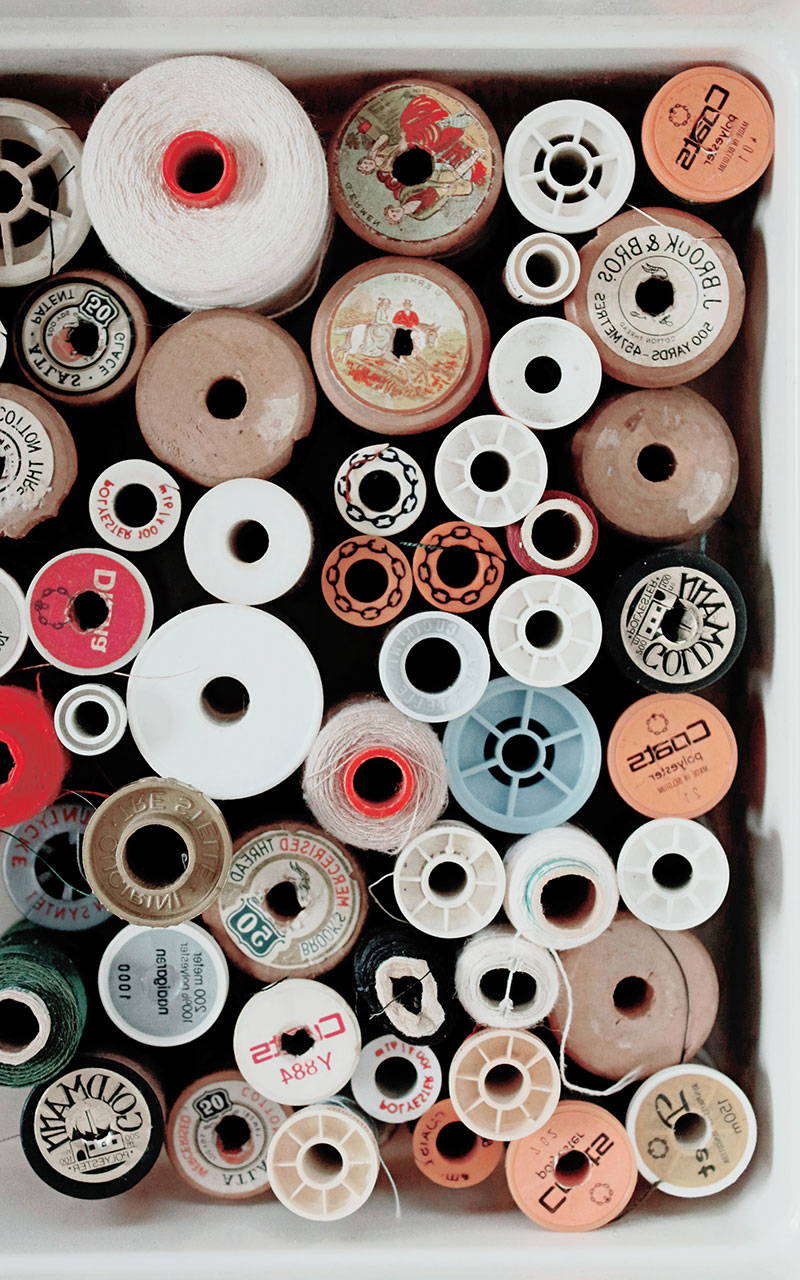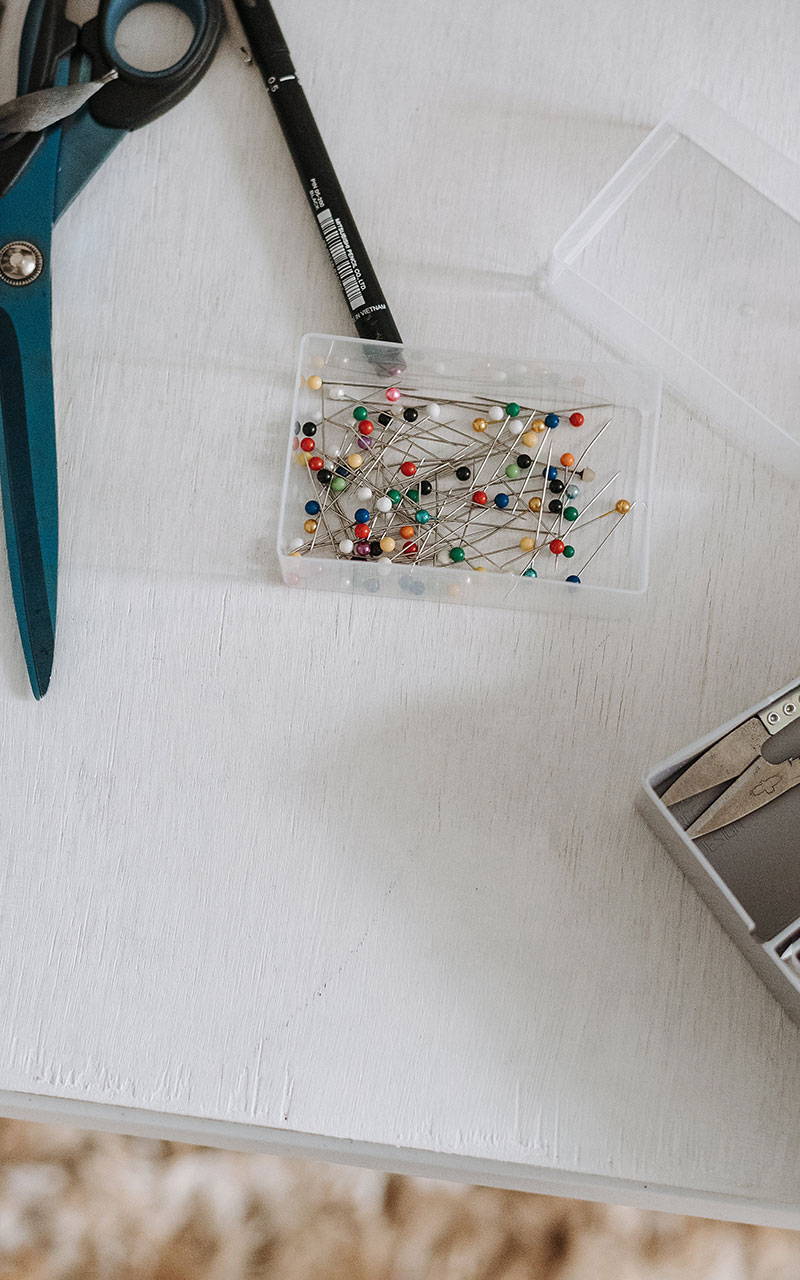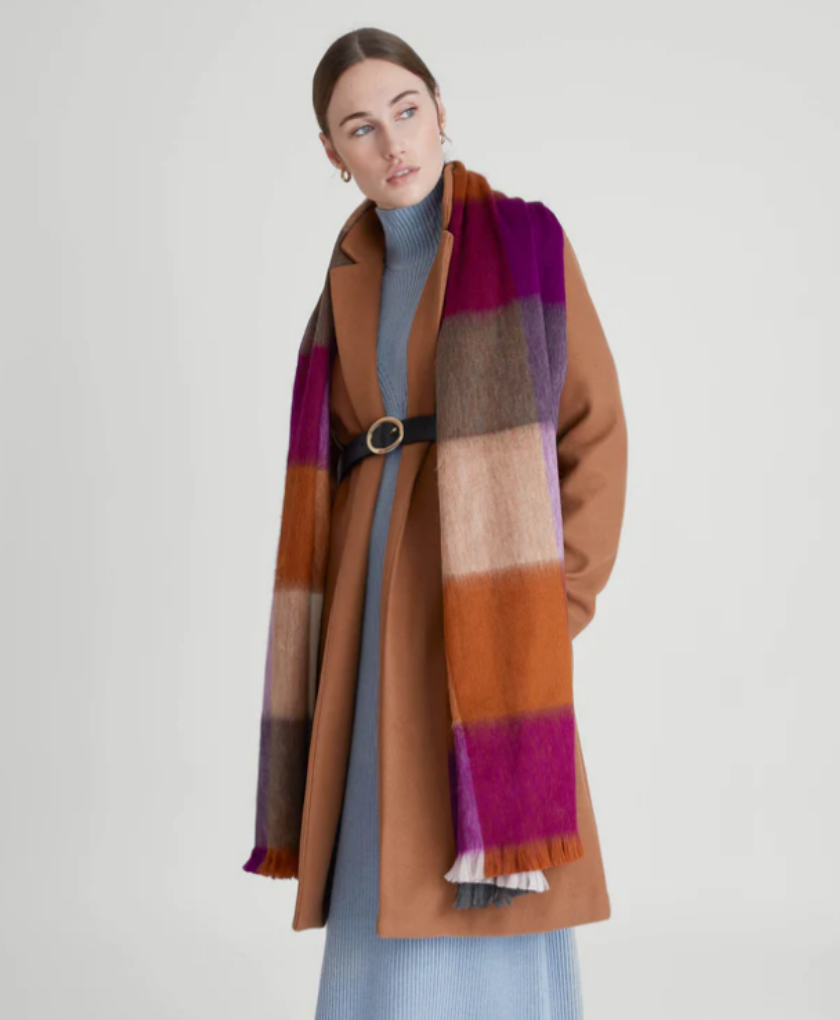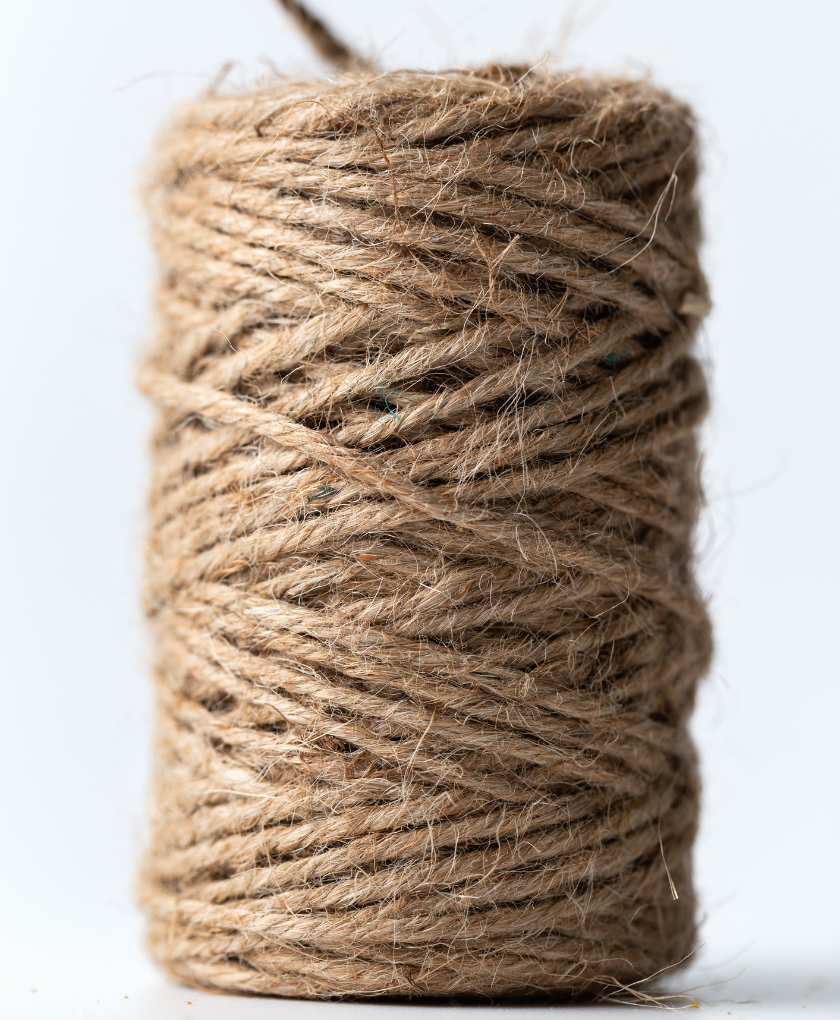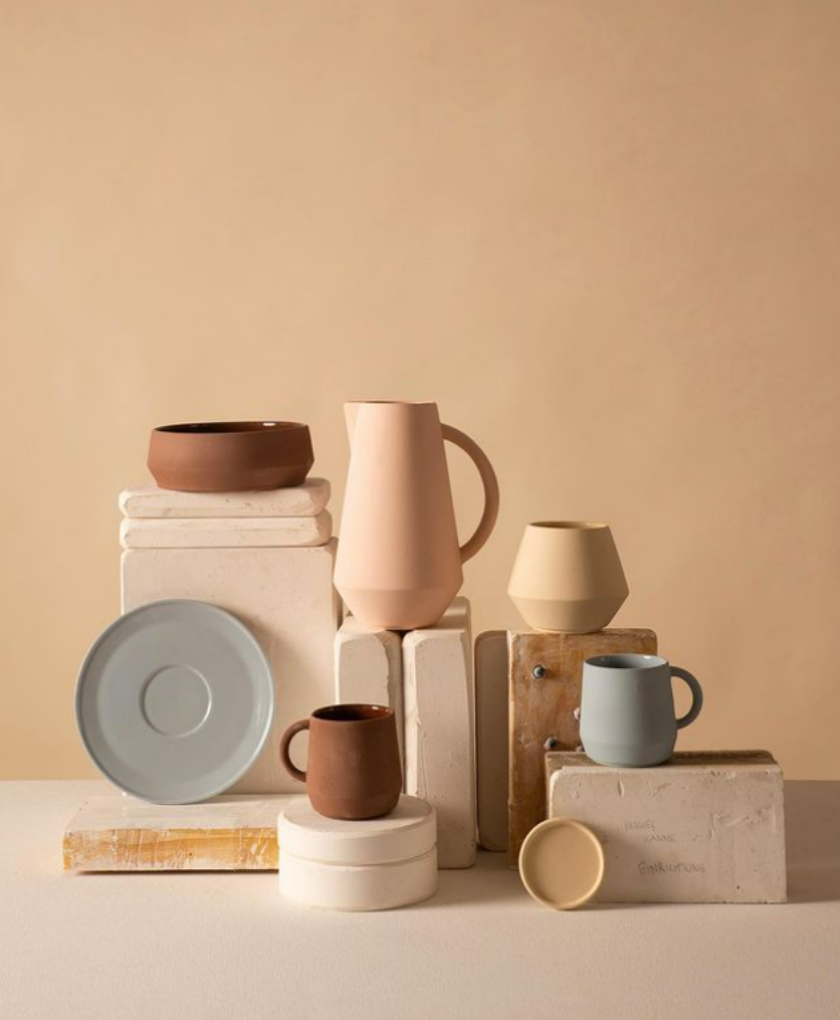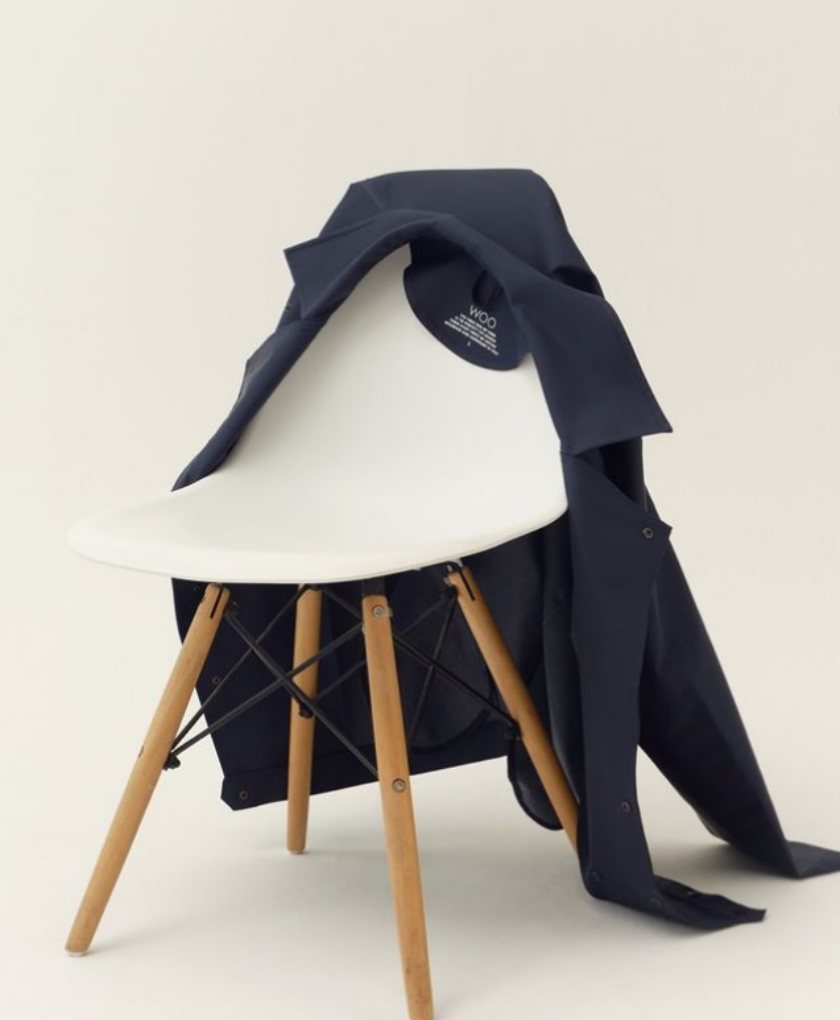
#editorial
A beginner's guide to sewing your own garments
23 may '22
2,5 minutes
Words by Words by Varnika Srivastava
Some tips for your
sewing journey
Have you ever fantasised of manufacturing your own clothes? It's a terrific way to express yourself, and with so many independent sewing designs and lovely fabrics available, there's never been a better time to do it. Here are tips for you on how you can get started on your own sewing journey and becoming a pro in no time!
1) Getting all sewing supplies
If you wish to stitch by hand, sewing is one of the most accessible hobbies to undertake, and you can get started with very few tools. If you need to patch garments quickly, basic sewing kits are available in craft stores and even supermarkets. If you want to do more than repair a sock, though, you need to put up your own personal sewing stash. Here are a few things that you might need: Needles, thread, pins, in cushion, Sewing scissors, measuring tape, seam ripper and a sewing machine.
2) Learning the basics: sewing skills and patterns
It might feel like there's a lot to learn when you first start sewing, but there are plenty of beginner sewing tips to help you get started. Begin with learning to make a sewing pattern, which is a necessary skill if you want to become a sewing pro. Before you start on your dream project, it also might be a good idea to learn some basic skills, like how to stitch buttons, hem clothes, how to sew pleats and zips, and something that is easier said than done- how to sew in a straight line!
2) Learning the basics: sewing skills and patterns
It might feel like there's a lot to learn when you first start sewing, but there are plenty of beginner sewing tips to help you get started. Begin with learning to make a sewing pattern, which is a necessary skill if you want to become a sewing pro. Before you start on your dream project, it also might be a good idea to learn some basic skills, like how to stitch buttons, hem clothes, how to sew pleats and zips, and something that is easier said than done- how to sew in a straight line!
3) Deciding the correct thread
Thread comes in a variety of colours, with the major manufacturers having a large selection to fit any purpose. While it may be tempting to buy a cheap thread pack, brand name threads are advised owing to their extensive research and testing procedure. Weaker or badly spun thread can easily break and tangle, which isn't what you want when you're trying to make the ideal stitch!
To hide the stitches, choose a thread that matches your cloth as closely as possible. When dealing with tacking stitches, though, it's advisable to use a contrasting thread to make them easier to remove afterwards. The best thread is a polyester or poly-cotton blend, which is stronger than pure cotton.
4)Deciding the needle
The needle you select is just as vital as the thread; it will guide the thread through the cloth, so it must have the proper tip and eye, as well as be a comfortable length to hold in your hand. Use a sharp needle with a large enough eye for the thread to easily pass through, but not so huge that it slides out during sewing.

Author of the picutre

Author of the picture
Last but not least
5) Start simple
If you've never sewn before, you're undoubtedly wondering, "What should I learn first?" It's tempting to jump right into a big job, but it's preferable to start small and easy and work your way up to making your own ball gowns! A basic cushion cover will be one of the first items most sewers will learn to construct. This is an excellent activity to undertake since it allows you to practise fundamental sewing skills while also allowing you to rapidly create your first pattern. Cushion covers are a straightforward form to make, and any mistakes are unlikely to be seen.





